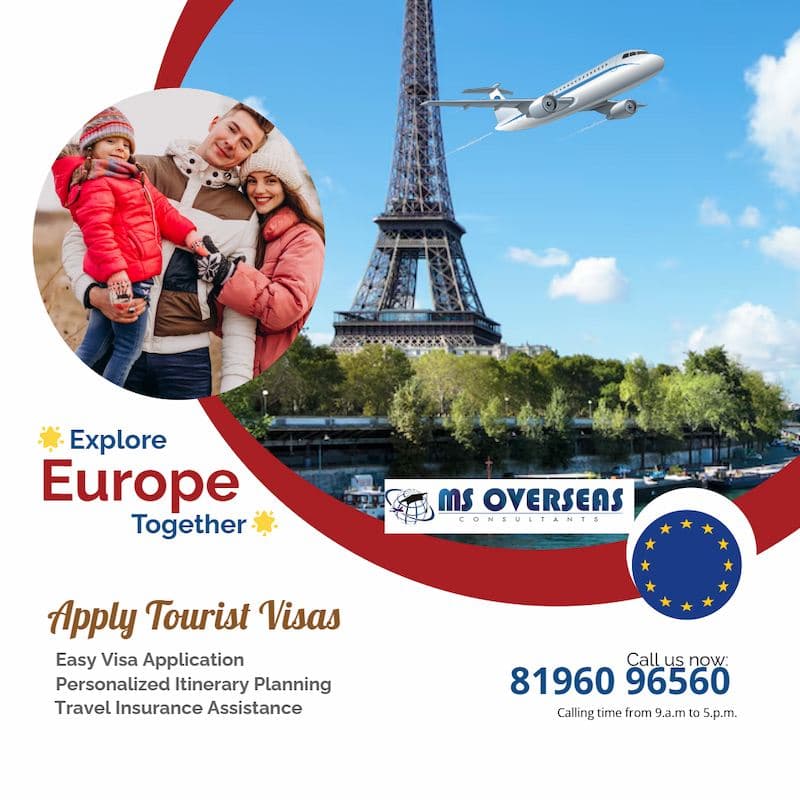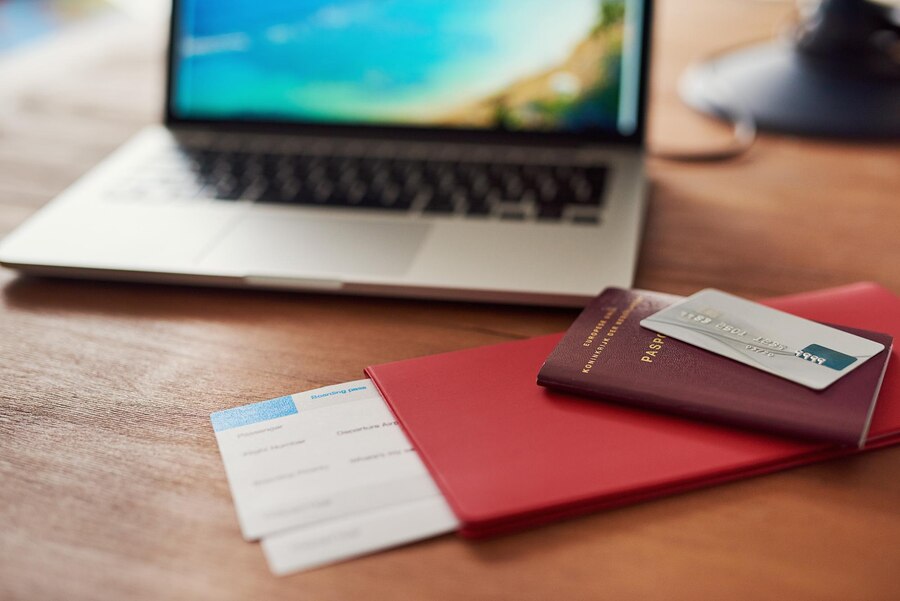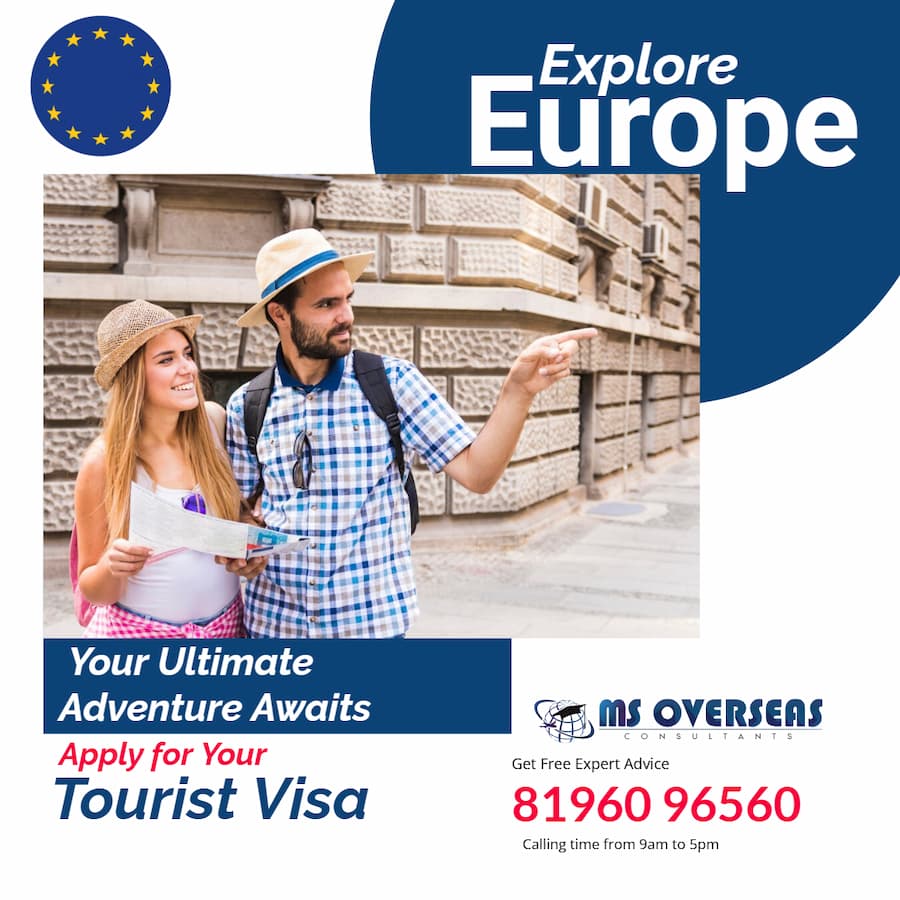Vietnam, with its stunning landscapes, rich cultural heritage, and vibrant cities, is a bucket-list destination for many travelers. However, before you can immerse yourself in the wonders of this Southeast Asian gem, you must first navigate the visa process. This comprehensive guide will walk you through everything you need to know about obtaining a Vietnam visa, from the different types available to the application procedures and tips for a smooth process.
Understanding the Types of Vietnam Visas
Vietnam offers several types of visas, each catering to different purposes of travel. It’s crucial to choose the right one based on the nature and duration of your stay.

Tourist Visa (DL)
The Tourist Visa (DL) is the most common type for travelers visiting Vietnam for leisure or personal purposes. This visa allows for stays ranging from 30 to 90 days, with options for single or multiple entries.
Business Visa (DN)
For those traveling to Vietnam for business-related activities, the Business Visa (DN) is appropriate. This visa can be valid for up to 12 months, with single or multiple entries allowed. It’s ideal for attending meetings, conferences, or conducting business transactions.
Student Visa (DH)
Students planning to pursue studies in Vietnam will need a Student Visa (DH). This visa is usually issued for the duration of the course, often ranging from six months to several years.
Work Visa (LD)
The Work Visa (LD) is for foreigners coming to Vietnam for employment. This visa requires a work permit and is typically valid for up to two years, depending on the employment contract.
Diplomatic and Official Visas (NG1, NG2, NG3, NG4)
Diplomatic and Official Visas are issued to foreign diplomats, consular officers, and their dependents. These visas vary in duration and entry types, based on the diplomatic mission requirements.
Vietnam Visa Exemptions
Vietnam has visa exemption agreements with several countries, allowing citizens of these nations to enter Vietnam without a visa for a specified period. Common exemptions include:
- ASEAN countries: Citizens of Thailand, Malaysia, Singapore, Indonesia, and the Philippines can stay up to 30 days without a visa.
- Japan, South Korea, Russia, and Scandinavian countries: Citizens can stay up to 15 days without a visa.
Check the latest exemption list as it is subject to change.
Applying for a Vietnam Visa
E-Visa
The E-Visa is a convenient option for travelers from eligible countries. It allows for a 30-day single entry and can be applied for online through the official Vietnam E-Visa website. The process involves filling out an online form, uploading necessary documents, and paying a fee. Approval typically takes three business days.
Visa on Arrival (VOA)
Visa on Arrival (VOA) is available for those entering Vietnam by air. To obtain a VOA, you must first apply for an approval letter through a travel agency or visa service provider. Upon arrival at a Vietnamese airport, present the approval letter, complete an entry/exit form, provide passport photos, and pay the stamping fee to receive your visa.
Embassy/Consulate Visa
Travelers can also apply for a visa at a Vietnamese embassy or consulate in their home country. This process involves submitting a visa application form, passport, photos, and the visa fee. Processing times and fees vary by location.
Documents Required for a Vietnam Visa
The required documents may vary depending on the visa type, but generally include:
- A valid passport with at least six months’ validity and blank pages for the visa stamp.
- Completed visa application form.
- Recent passport-sized photos.
- Visa approval letter (for VOA).
- Proof of onward travel (for some visa types).
- Additional documents for specific visas (e.g., business invitation letter, enrollment letter for students, work permit for employees).

Tips for a Smooth Vietnam Visa Process
Apply Early:
Start your visa application process well in advance of your travel dates to account for processing times and any unforeseen delays.
Use Reliable Services:
When opting for VOA, use reputable travel agencies or visa service providers to avoid scams.
Double-Check Documents:
Ensure all your documents are complete and accurate to prevent rejection or delays.
Stay Updated:
Visa policies and requirements can change, so check for the latest information from official sources or your local Vietnamese embassy.
Be Prepared for Arrival:
If using VOA, have all required documents and fees ready when you arrive at the airport to expedite the process.
Conclusion: Obtaining a Vietnam visa may seem daunting at first, but with the right information and preparation, it can be a straightforward process. Whether you’re visiting for tourism, business, study, or work, understanding the different visa types, application procedures, and necessary documents is key to a hassle-free experience. By following the tips outlined in this guide, you’ll be well on your way to exploring the captivating beauty and culture of Vietnam. Safe travels!
Disclaimer
The information provided in “Navigating the Vietnam Visa Process: A Comprehensive Guide” is intended for general informational purposes only. While we strive to ensure that the content is accurate and up-to-date, visa regulations and requirements are subject to change without notice. Therefore, we cannot guarantee the accuracy, completeness, or timeliness of the information presented.
Get Free Expert Advice: Are you ready to embark on your next adventure? Whether you’re seeking a work permit, tourist visa, or study opportunities in Canada or other countries, we’re here to help! Contact us today to learn how our expert services can simplify your journey and turn your dreams into reality. Reach out now and let’s start planning your future together!

- Canada Citizenship Requirements: Everything You Need to Know
- Stay Longer in Canada: Everything You Need to Know
- The Rise and Challenges of Canada’s Temporary Foreign Worker Program
Also read:
- Canada’s New Rural and Francophone Immigration Pilots: A Fresh Opportunity for Skilled Workers
- Hundreds of U.S. Visa Appointments Canceled in Colombia: What It Means for Future Travelers
- Ultimate Guide to Dubai Visa Applications for Indian Tourists: Avoid Rejection & Ensure a Hassle-Free Trip with These Key Tips!
- New Canada Immigration Fees Effective December 1, 2024: Everything You Need to Know
- RS Global Immigration Jalandhar: Your Gateway to International Opportunities




